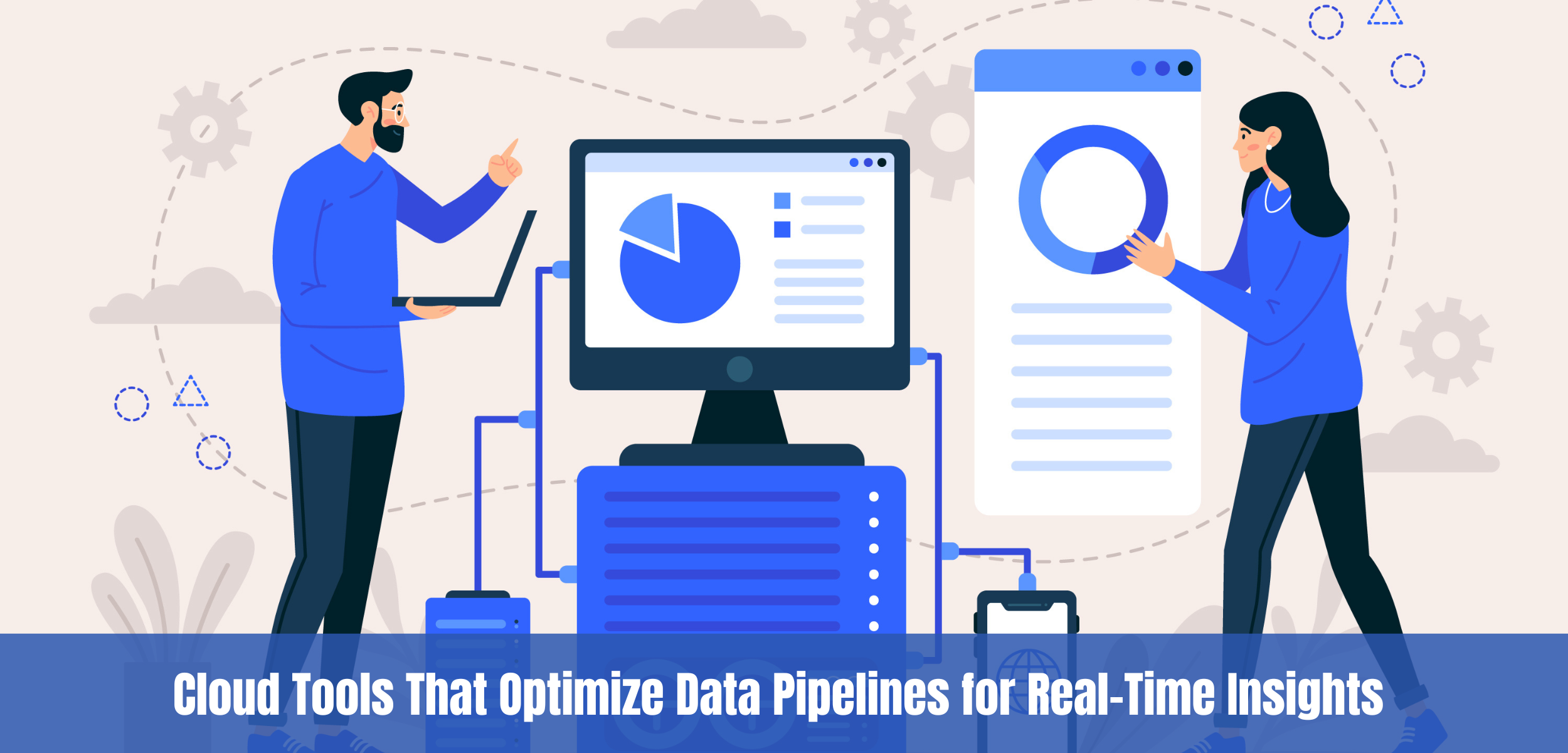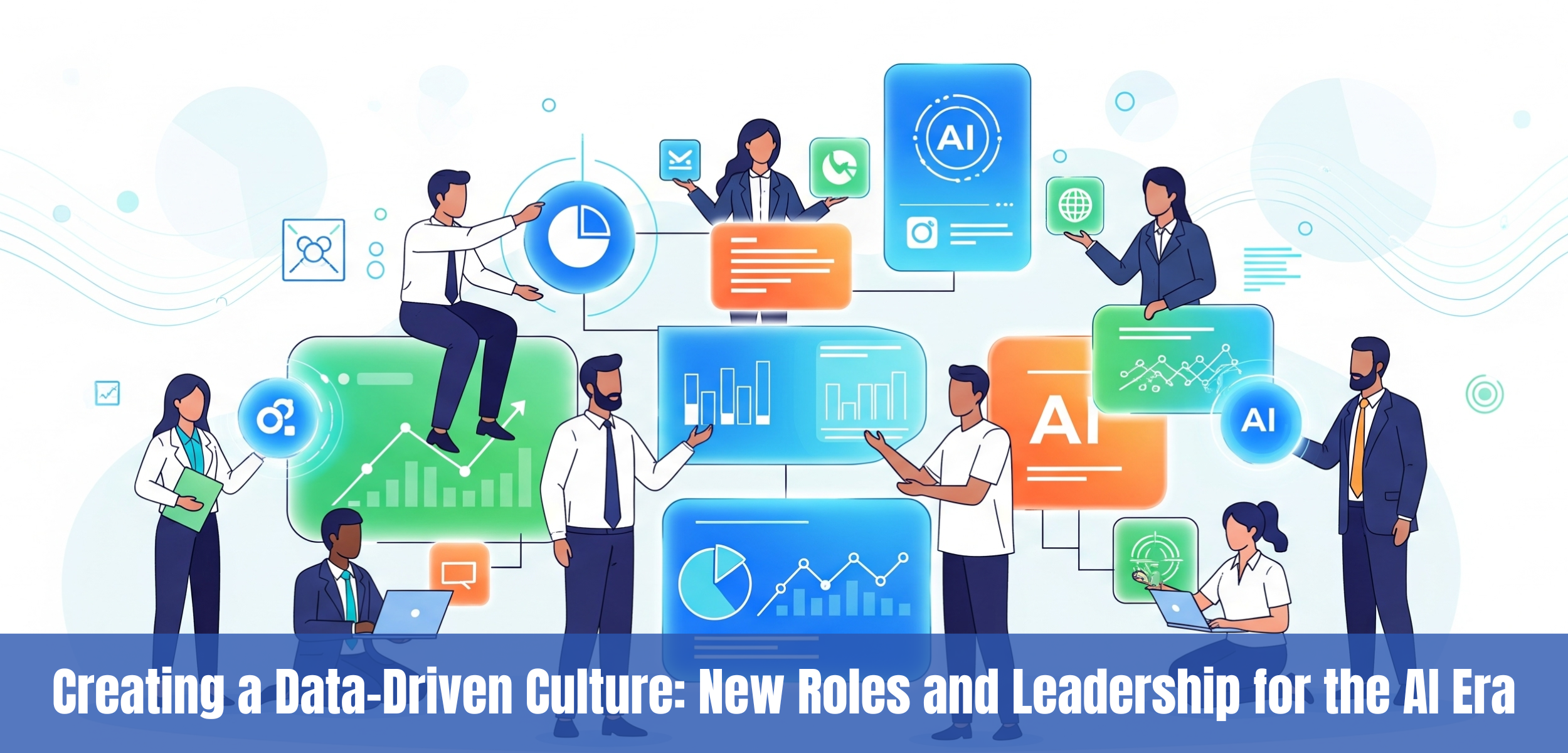Across modern workplaces, AI tools have become an integral part of how employees get work done. A marketing associate drafts multiple campaign variations using ChatGPT to meet tight deadlines, experimenting with phrasing and tone until a polished version is ready for client review. Meanwhile, a software developer leverages GitHub Copilot to accelerate prototyping, iterating through code suggestions faster than traditional methods. On another floor, a finance analyst inputs sensitive quarterly reports into Claude AI to create summaries for leadership, while a designer experiments with DALL·E to generate presentation visuals.
These actions, while increasing efficiency, occur outside traditional IT oversight, creating a web of unsanctioned AI usage, commonly referred to as Shadow AI. The implications are multifaceted: organizations gain productivity and innovation, yet they also face operational, technical, and regulatory considerations that must be managed carefully.
“According to Salesforce Research 28% of workers are currently using generative AI at work, with over half doing so without the formal approval of their employers”
Understanding Shadow AI Adoption

Shadow AI differs from traditional shadow IT because it interacts directly with organizational knowledge and produces outputs that are not fully predictable. Employees adopt these tools for several reasons:
- Productivity pressures demand faster results than existing enterprise systems allow.
- System limitations leave gaps that external AI tools can fill.
- Skill development and experimentation motivate employees to explore emerging technologies.
Case Example1 – Marketing
A marketing associate used ChatGPT to draft a comprehensive client pitch. The draft captured multiple angles, saving the team hours of work. At the same time, sensitive strategy details were uploaded to a public platform, highlighting the invisible risk inherent in Shadow AI adoption.
Recognizing these patterns helps organizations assess the scale and scope of AI usage, a critical first step toward developing governance frameworks that balance productivity and risk.
Technical and Operational Implications
Shadow AI introduces technical and operational complexities that extend beyond policy:
- Data security: Inputs submitted to external AI platforms may contain confidential corporate or client information.
- Regulatory compliance: Frameworks like GDPR, HIPAA, and the EU AI Act may be affected by unsanctioned AI usage.
- Operational fragility: Teams may become dependent on tools that are unsupported or unstable.
- Cybersecurity risks: AI extensions and plug-ins can introduce vulnerabilities, including unmonitored data flows.
Case Example 2 – Development Risk
A software team integrated GitHub Copilot to accelerate coding. During testing, an improperly configured extension exposed API keys. While no breach occurred, the incident highlighted technical vulnerabilities that can arise even from routine productivity efforts.
“A Cybernews Survey (2025) found that 59% of U.S. employees admit to using unapproved AI tools at work, with many sharing sensitive data”
Leadership and Governance Challenges
Executives often underestimate Shadow AI adoption. Employees may avoid reporting usage due to policy restrictions, creating invisible workflows. Traditional acceptable-use policies cannot account for:
- Non-deterministic AI outputs
- Data flows across multiple platforms
- External AI service use outside enterprise control
Case Example 3 – Finance Analysis
A finance analyst used Claude AI to generate summaries of quarterly performance reports. While the summaries saved hours of manual work, sensitive financial data was processed on an external platform. The organization recognized the need for clear approval processes and monitoring mechanisms for AI tools handling confidential information.
Cultural dynamics also play a role. When experimentation is discouraged or unrecognized, employees may conceal AI use. Effective governance requires a balanced approach, combining technical oversight with policies that allow safe innovation.
Establishing Secure AI Practices

Managing Shadow AI requires a combination of technical, governance, and cultural measures:
- Enterprise AI gateways: Log prompts, redact sensitive information, and enforce access policies.
- AI-aware data loss prevention: Analyze unstructured text to identify and protect sensitive content.
- Governance frameworks: Maintain registers of approved models and vendors, complete with documentation and audit trails.
- Cultural incentives: Encourage employees to report AI usage safely and reward responsible experimentation.
Evermethod Inc helps organizations implement these measures, enabling employees to leverage AI safely while minimizing risk and maintaining compliance.
Turning Shadow AI into Strategic Insight

Shadow AI is not purely a risk; it provides visibility into workflow gaps and opportunities for structured innovation. By observing patterns of unsanctioned AI use, organizations can identify areas for:
- Controlled experimentation
- Process optimization
- Automation opportunities
Controlled sandboxes, approval workflows, and curated AI toolkits allow organizations to convert hidden AI usage into actionable insights.
Preparing for the AI-Integrated Enterprise
Generative AI will increasingly influence cross-department operations. Organizations that delay structured approaches to Shadow AI risk:
- Operational disruptions
- Compliance failures
- Missed productivity opportunities
Future-ready enterprises deploy AI operating models that balance governance, security, and employee flexibility. Leadership gains visibility into adoption patterns while employees retain the ability to innovate safely.
Conclusion
Shadow AI demonstrates how employees incorporate AI tools into workflows, often beyond IT oversight. Understanding adoption patterns, operational implications, and governance needs allows organizations to manage risk while uncovering opportunities for structured innovation.
For enterprises seeking to implement secure, compliant, and innovation-ready AI programs, expert guidance is essential. Evermethod Inc provides frameworks and solutions to help organizations navigate Shadow AI, transforming unsanctioned usage into measurable business value. Contact Evermethod Inc to establish AI governance aligned with productivity, compliance, and strategic growth.
Reference
Get the latest!
Get actionable strategies to empower your business and market domination
.png?width=882&height=158&name=882x158%20(1).png)

.png/preview.png?t=1721195409615)

%2013.png)


